Search Images
Browse Content (p. 1483)

Image
Phoenician-Punic Ship
A Phoenician-Punic ship from a relief carving on a 2nd century CE sarcophagus

Image
The Bremner-Rhind Papyrus
Papyrus of Nesmin; sheet 2 with cols. 5-8. Hieratic text, found in Thebes, Egypt, dating to the Ptolemaic Period. The 'Songs of Isis and Nephthys' are cols. 1—17
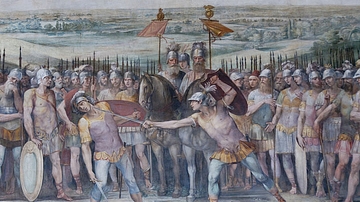
Image
Battle between Horatii & Curiatii
Photograph of a Fresco in the Capitoline Museums, Rome. The fresco by Giuseppe Cesari is dated to 1612-13 CE. It depicts the duel between the Roman Horatii and Alban Curatii triplets during the reign of Tullus Hostilis.

Image
Volumnia Pleads with Coriolanus
Folger Shakespeare Library Digital Image of an 1800 CE painting by Richard Westall: Volumnia pleads with Coriolanus not to destroy Rome.
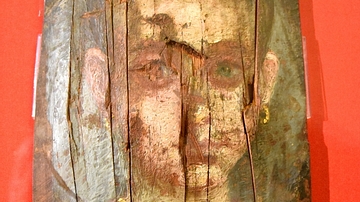
Image
Female with Earring, Mummy Portrait, Hawara
Mummy portrait of a young girl with short (or pulled back) hair, from Hawara cemetery, Egypt. 1st-2nd centuries CE. The Petrie Museum of Egyptian Archaeology, London (with thanks to The Petrie Museum of Egyptian Archaeology, UCL). The Petrie...
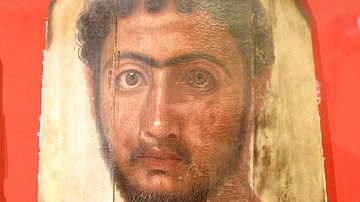
Image
Encaustic Mummy Portrait, Hawara
Mummy portrait of a man known as Petrie's "red youth" from Hawara cemetery, Egypt. 1st-2nd centuries CE. The Petrie Museum of Egyptian Archaeology, London (with thanks to The Petrie Museum of Egyptian Archaeology, UCL). The Petrie Museum...
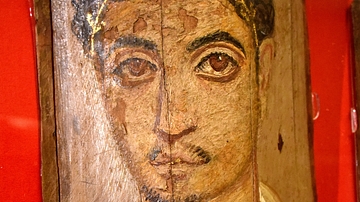
Image
Male with Diadem, Mummy Portrait, Hawara
Mummy portrait of a dark curly-haired young man, from Hawara cemetery, Egypt. 1st-2nd centuries CE. The Petrie Museum of Egyptian Archaeology, London (with thanks to The Petrie Museum of Egyptian Archaeology, UCL). The Petrie Museum has...
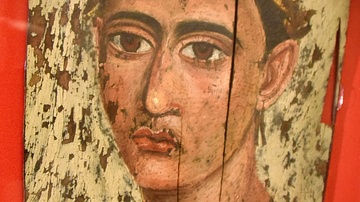
Image
Male Mummy Portrait, Hawara
Mummy portrait of a young man from the Hawara cemetery, Egypt, 1st to 2nd centuries CE. The Petrie Museum of Egyptian Archaeology, London (with thanks to The Petrie Museum of Egyptian Archaeology, UCL). The Petrie Museum has the largest...

Image
Bust of Ptolemy I
This is a fragment of a basalt statue of Ptolemy I (general of Alexander the Great), who founded the Ptolemaic Dynasty of Egypt. He wears the Egyptian royal headdress and the protective serpent. It is said that it was found in the lining...
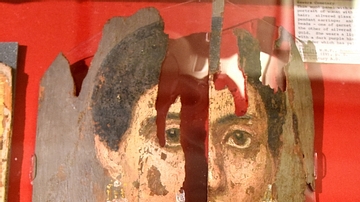
Image
Jewelled Lady Mummy Portrait from Hawara
Mummy portrait of a young woman, from Hawara cemetery, Egypt, 1st-2nd centuries CE. The Petrie Museum of Egyptian Archaeology, London (with thanks to The Petrie Museum of Egyptian Archaeology, UCL). The Petrie Museum has the largest collection...